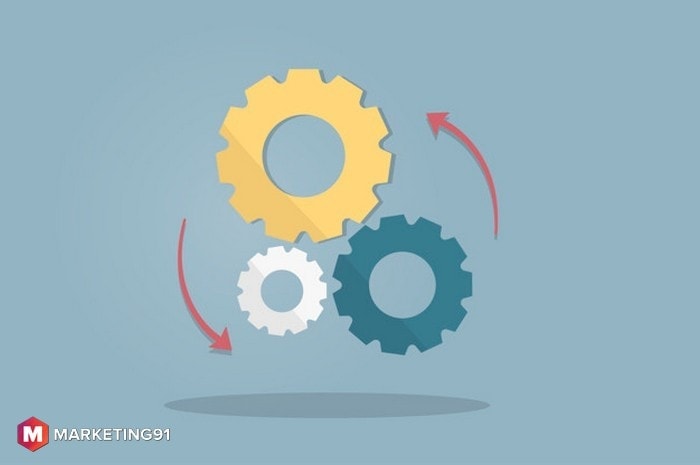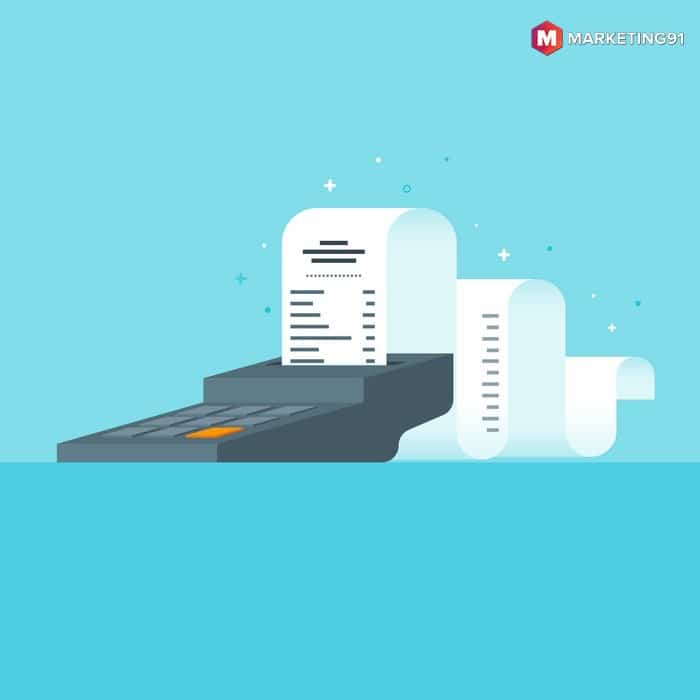There are two ways to operate an organization one is centralization and decentralization. These two processes are opposite to each other.
In centralization, the authority to make important decisions lies in the hands of an individual and decentralization, all the members of the organization have equal right to make an important decision.
In decentralization, important decisions are usually made by the voting system. In this article, you will learn about the centralization; its features its advantages and disadvantages.
Table of Contents
What is centralization?
Centralization is a process where the power of making an all-important decision related to all the activities taking place in an organization is either in the hands of an individual or a central location. Let us understand the centralization by taking an example from your home.
Curious about real-world examples of centralization in action?
An example of effective centralization is McDonald’s, which maintains consistent quality and service across its over 38,000 locations worldwide through centralized decision-making and standardized procedures. This approach ensures that customers have a familiar experience regardless of location, reinforcing the brand’s identity and reliability (Source: McDonald’s 2020 Annual Report).
Similarly, Apple Inc. has historically utilized a centralized organizational structure. Under Steve Jobs, Apple’s tight control over product development and marketing allowed for innovative products and a cohesive brand image. This centralization enabled rapid decision-making and maintained the company’s focus on design and customer experience (Source: Harvard Business Review).
If you are born and brought up in a house where all the important decisions related to the family is made by your father, then you were born and brought up in a centralized home. For example, you were part of a centralized home if you were never asked for your opinion while deciding a next vacation location.
Wait! Don’t get depressed. That time was long ago, and it was just an example.
Now coming back to our topic. Centralization can be frequently seen in a small organization or very large organizations. In a small organization, the owner of the business is responsible for making all-important business-related decisions and on the other hand when there are several branches of business which are required to provide standardized services also follow centralization.
Take the example of the State bank of India. State Bank of India is a public sector bank of India which has thousands of working branches all around the world.
It has its headquarter located in Mumbai where all the important decision related to the bank is made and are implemented in all the branches around the world.
If you are working in any such organization, then you must have heard now and then that a notice has been issued from the main office or head office.
Features of Centralization
#1. Top management:
Top management is an important part of an organization. The job of top management to take important decision related to the organization and also to listen to the complaints of the employees of the organization and provide a solution to them.
#2. Authority to make a decision is in the hand of top management only:
There are different levels of management in an organization to run the organization smoothly, but still, the power to make all important decisions about the organization lies in the hands of the top management and rest, or level of management is supposed to follow the decision taken by the top management.
#3. Information flows from the upper level to lower levels:
In the organizations where the centralization process is followed, the information flows from the upper level of management to lower level of management.
The top management is responsible for taking an important decision, and the decision taken by the top management is implemented in the entire organization.
There are flaws in this process as lower management can’t challenge the decision of top management even if they don’t like the decision.
#4. Longer time to make decisions:
The employees of an organization are completely dependent on the decision made by the top management. Sometimes, even if the lower management has effective solutions, they can’t implement them without getting approval from the upper management.
This protocol makes the process quite slow and ineffective.
#5. Centralization is suitable for a small organization:
AS centralization results in slow decision making. It is not suitable for large organizations and makes the decision process complicated.
However, in small organizations due to less number of employees and a few levels of management decision centralization process takes less time in the flow of information from the upper level to the lower level and the implementation.
#6. Inflexible in nature:
In the centralization process, as top management is responsible for taking all the decisions, sometimes they end up making an ineffective decision because they are unaware of the ground reality of the organization.
In such scenarios, lower management has a better capability in taking a decision. Therefore, a decentralized system of management helps in taking effective decisions.
Advantages of centralization
#1. Centralization provides a standardized process:
Centralization plays an important role in creating a disciplined environment in the organization. Top management is not only responsible for taking important decision for the organization; they also listen to the problems faced by the employees.
The employees can go to top management when they face a problem or want to change something. The standardized process makes the decision making, and problem-solving process easy as information flows in proper order and decision taken by the authority is the final decision.
#2. Better quality of work and high productivity:
In a centralized system, employees know that the top management is supervising them, and they are liable to answer for all the decisions made by them. Because of that fear, they perform their duties properly, which results in a high rate of productivity.
#3. Experienced people to guide and take important decisions:
People who are part of top management are usually the people with experience. They have business experience, and they know how to act in certain situations. Based on the experience and the knowledge that they have, they make a better decision for the organization.
#4. Consistent focus on the vision of the organization:
Every organization has its vision where it wants to see itself in the coming years. You can’t expect consistent efforts to realize the vision of the company, but when there is a centralized or top management which has power and authority to decide for the company, then they can make a decision which is focused on realizing the vision of the company.
They will make all the employees of the company work so that the company’s goal can be achieved as soon as possible.
#5. Quick decision making and implementation:
When more people are responsible for making a decision. The period of decision-making increases. As more people have more opinion and have varying objectives.
As a result of which the decision-making process becomes slow, and hence, the implementation also get detailed as the people who are responsible for implementation and supervision are busy in decision-making.
Therefore, in such scenarios, centralization is effective where top management just do the job of deciding by evaluating the pros and cons of the decision and rest all the employees can do their work to implement the decision taken by the management.
#6. Less costly:
Usually, people who are part of the top management are the people who have started the business. Therefore, the company does not spend additionally to hire experts who can take effective decisions.
On the other hand, in a decentralized organization, different departments are created, and experts are hired to decide for the company.
Here is a video by Marketing91 on Centralization.
Disadvantages of Centralization
#1. Less motivated employees:
People feel demotivated when they work in centralized organizations. They can’t show their talent and skills and are bound to follow the orders given by the top management.
They feel demotivated working in such an organization as they know that no matter how hard they work, they will never be able to become part of top management.
#2. Controlled Environment:
In a centralized environment, the decision-making power is in the hand of top management, and employees of the environment are bound to follow the decision given by the management.
In such scenarios, employees just follow the instruction given to them and can’t work creatively. Employees get frustrated by the constant supervision and as a result of that their productivity reduces.
#3. Less loyal employees:
AS employees are constantly supervised and are bound to take orders from the people of high level. They feel less associated with the organization and feel like slaves.
This makes them disloyal for the organization, and they keep looking for the other opportunities and leave the organization as soon as they get a better opportunity.
On the other hand, employees who participate in important decision-making feel more loyal and stays with the organization for a longer time.
#4. Reduced Productivity:
Employees at lower levels rely on the decision made by higher management, which reduces their productivity. As they waste time to wait for the decision made by the top management, which takes even longer time in making records and implementing the information.
Liked this post? Check out the complete series on Management






